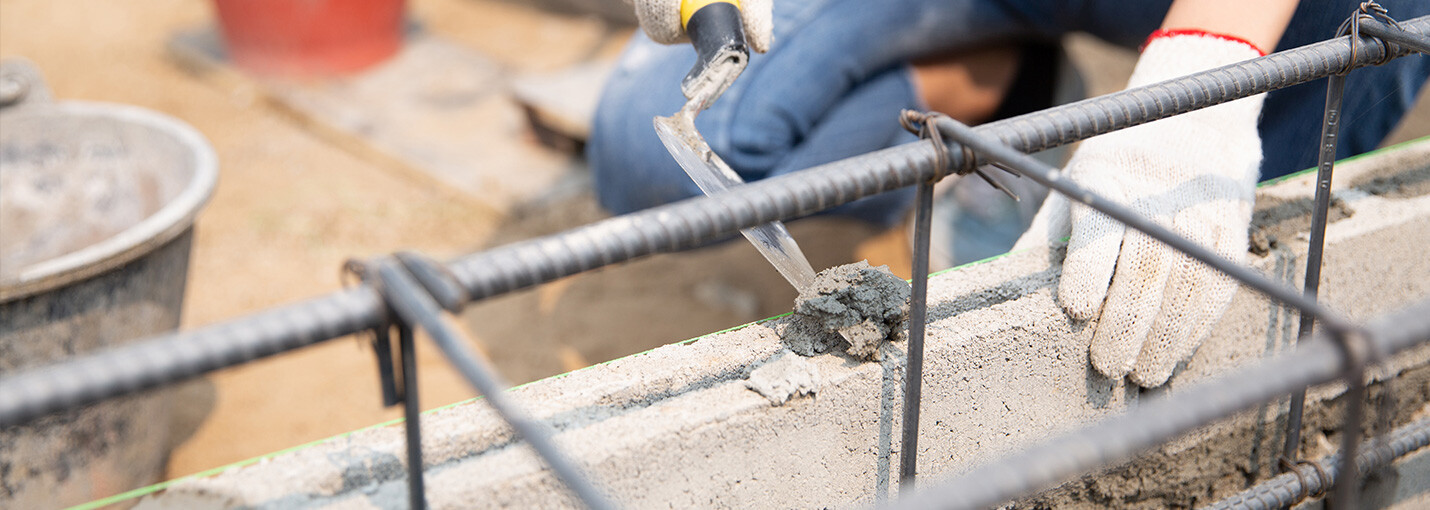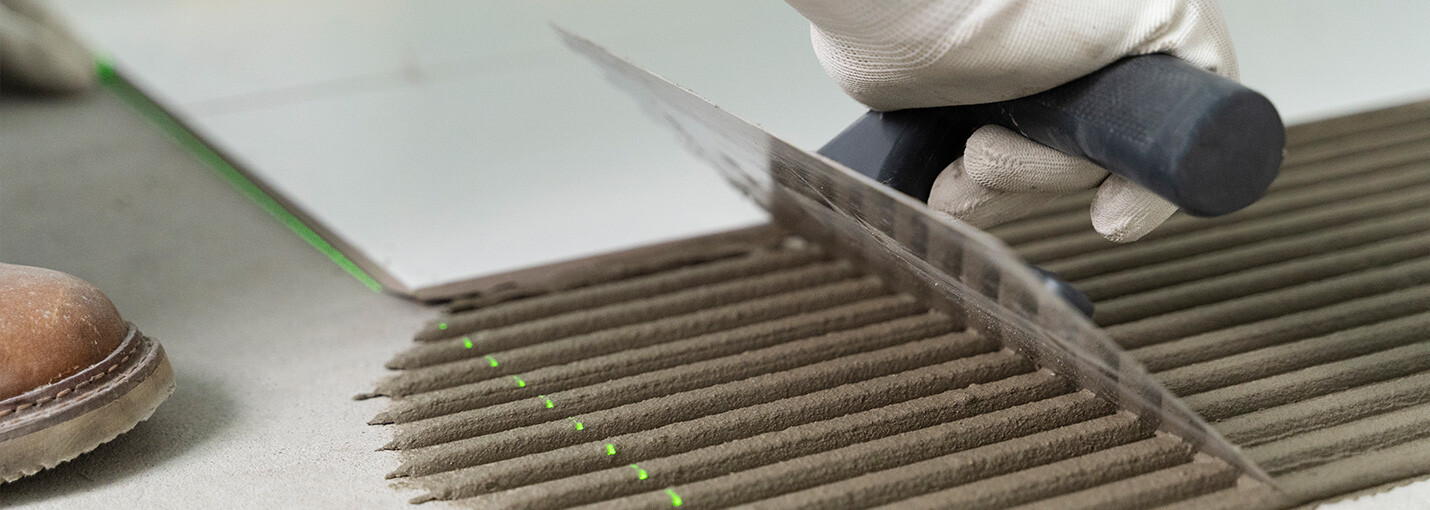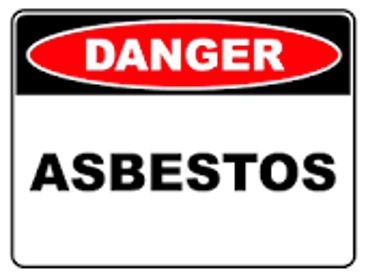What Does Asbestos Glue Look Like?
Asbestos glue is not something you can walk into your local hardware store and find sitting on the shelf. However, before the 1990s, this material was literally a household item. Despite the fact that asbestos glue is no longer used in the construction industry, both renovation projects and even natural disasters can pose a dangerous exposure risk. Here’s what you need to know about asbestos glue- how to identify it and how to keep yourself safe.
Asbestos, the Miracle Mineral
At face value, it’s shocking to consider that asbestos has been the go-to material in over 800 industrial applications. However, when considering what makes asbestos a great material to start with, it’s much easier to see why this is the case. Asbestos has been called a miracle mineral, being highly durable and resistant to the elements of nature.
Asbestos glue was widely used in construction, and can still be found in old homes.
The strength and resistance of asbestos makes it a perfect material to be used in the construction industry. After all, construction is all about building structures that can stand up to the forces of nature.

Asbestos fibers can also be added to other building materials to strengthen and fireproof them. For example, to assist the fireproofing process of masonry, asbestos could be found in plaster. To allow roofs to hold together and resist heat decay, asbestos was used in both shingles and roofing cement.
Even the siding of older buildings was made with asbestos to help protect them from decay. These are more commonly known uses of asbestos, but many people may be unaware that asbestos was used as glue, specifically for flooring.

Identifying Asbestos Glue
For health reasons, and potential legal liability, it is vital to know if there is asbestos glue or other asbestos construction materials on your old building.
But how do you know that what’s in your home or workplace is actually asbestos?
Here are some qualities to look for:
Asbestos Glue Consistency

Asbestos glue, commonly called black mastic or simply “mastic” will look like a dried putty, slightly tacky or springy in consistency.
Asbestos Glue Color

While the color will range depending on how long it’s been there and the surrounding materials, asbestos glue will generally be either a dark brown or black color.
Asbestos Glue Uses
You are most likely to find asbestos glue under older vinyl tiles and floors.
While these are helpful ways to visually inspect your home or workplace in order to determine if asbestos glue is present, the most helpful (and verifiable) way to make this determination is by looking to the professionals and getting your flooring tested for asbestos.
Testing for asbestos glue in your home or building
There are different kinds of tests available, as well as different prices based on the test procedure that’s best for your situation. But regardless of which kind of testing is done, if it is determined that you have asbestos glue or older mastic in your home or building, you should have it removed by a licensed and experienced asbestos abatement company.
Please note: Attempting to do this on your own is not worth trying to save money, especially by putting yourself at high risk! Testing can be used both to ensure that asbestos is present, and it can also be used afterward to make sure that- if asbestos was uncovered- that no exposure risk remains.

Increasing the risk of exposure from asbestos glue
Damaged or worn asbestos glue or other asbestos construction materials can release harmful asbestos fibers into the air.
 | Breathing or swallowing asbestos fibers can lead to major health problems, including asbestosis, lung cancer and mesothelioma. |
 | If you may have been exposed to asbestos, speak with your healthcare provider about tests and screening to help detect the presence of asbestos fibers and asbestos-related diseases. |
The highest risk related to asbestos glue is when it becomes damaged.
Despite the fact that older homes and industrial buildings constructed prior to the ban on asbestos in the United States contained asbestos in numerous applications, the presence of asbestos may be harmless, if left undisturbed. However, as buildings continue to get older and decay, the risk of that asbestos becoming exposed, damaged, and airborne only increases.
Asbestos dangers from natural disasters: damaged asbestos glue
Natural disasters like flooding, hurricanes, and even a destructive tornado can aggressively expose asbestos glue when flooring becomes damaged.
If these circumstances aren’t enough to increase the risk of exposure, the growing trend for remodeling and repurposing old buildings means that even in controlled demolition or deconstruction situations, a safe place can quickly become a health risk.
The safest bet is to have a professional test a sample from your home or building for asbestos.
Regardless of the situation, this is why it is important to be aware of the possibility of asbestos glue in your home or workplace. Having this knowledge can direct a remodeling project on a safe trajectory, or it can give you the knowledge you need to keep yourself and others safe in the event of airborne exposure from the forces of nature. Further, getting an asbestos audit can protect you from legal liability.
Learn more about asbestos testing:
What If you Have Already Been Exposed?
If you are concerned or unsure whether you have been exposed to asbestos, it is important to reach out to your healthcare provider right away. Whether you have probable cause to suspect that you have been exposed or the results of an asbestos test have come back with conclusive evidence, it is always best to remain on the side of caution for your own health and safety.
If you have any questions about legal claims, disability, or compensation related to your home being contaminated by asbestos, reach out to the professionals at AsbestosClaims.law. They are equipped to help you get the legal and financial peace of mind you need.
Do You Qualify For Compensation?
Quickly and easily find out how you were exposed by searching W.A.R.D., the largest asbestos database on the planet.
FREE SEARCH >AsbestosClaims.Law
For Justinian C. Lane, getting compensation for asbestos victims is personal.
Justinian’s grandparents and his father all worked with asbestos in their younger years and died from asbestos-related cancers in their later years.
At the time of each of their deaths, no one in Justinian’s family knew that they were eligible to file an asbestos lawsuit and to seek compensation from the asbestos trusts.
Because no one in Justinian’s family knew their options, they never received any compensation for the death of their loved ones.
If you believe that you or your family member’s injury was related to asbestos exposure, you could be entitled to significant compensation.
This is money you could use to cover the costs of asbestos removal services, pay for medical treatment, and preemptively protect your physical well-being.
There are also asbestos trusts that offer compensation much more quickly and easily (without filing a lawsuit.)
If you’d like help with filing a claim, please get in touch by email at [email protected], or call or text us at (833) 4-ASBESTOS (427-2378) or (206) 455-9190. We’ll listen to your story and explain your options. And we never charge for anything unless you receive money in your pocket.
In addition to legal claims, veterans disability, social security and employment protection like workers compensation, FELA and The Jones Act for maritime workers, there are asbestos trusts that have been set up to compensate those harmed by asbestos without having to file a lawsuit.
There is no risk or cost to speak with one of our staff about your asbestos litigation. There are no fees unless you receive money.
If you have any additional questions or concerns related to asbestos, check out our website and YouTube page for videos, infographics and answers to your questions about asbestos, including health and safety, asbestos testing, removing asbestos from your home and building, and legal information about compensation for asbestos injuries.
Introducing the largest database of asbestos information on the planet.
W.A.R.D., which stands for the Worldwide Asbestos Research Database, helps clients to narrow down when and where they may have been exposed, as well as which products may still contain asbestos. W.A.R.D. will also help indicate compensation types and how much a person may be entitled to.